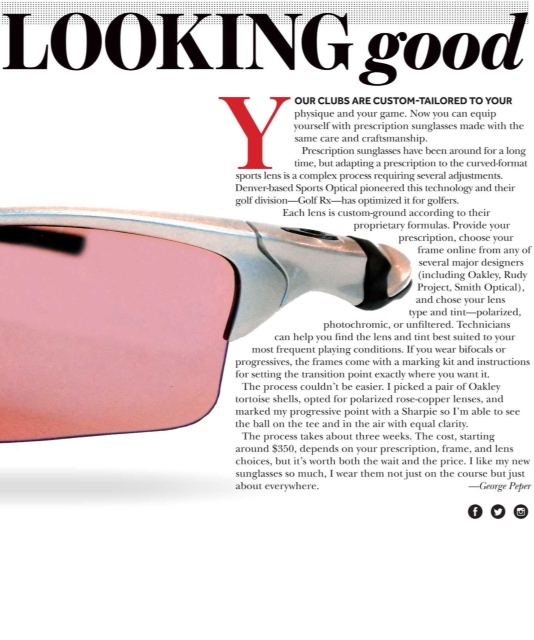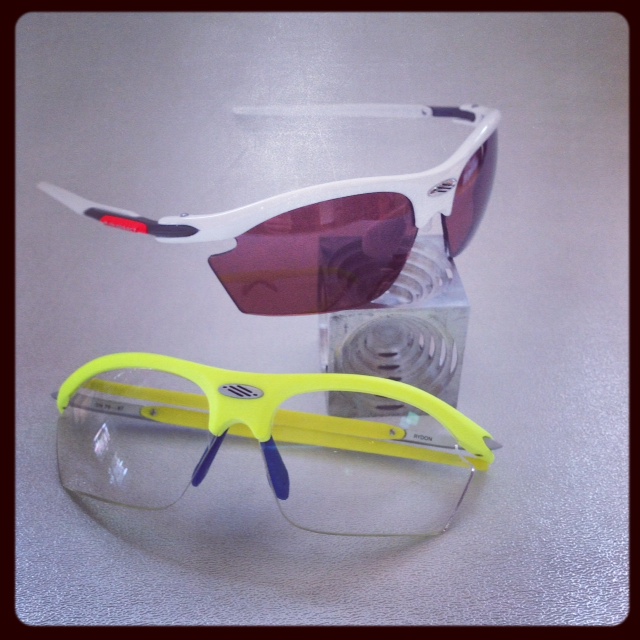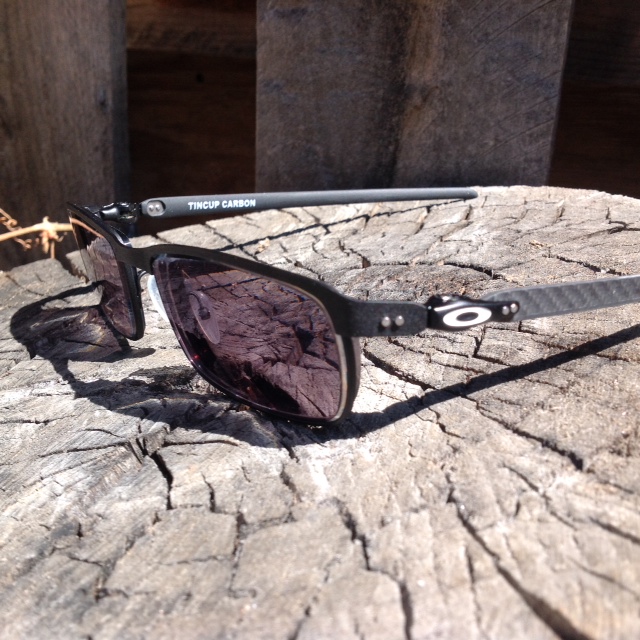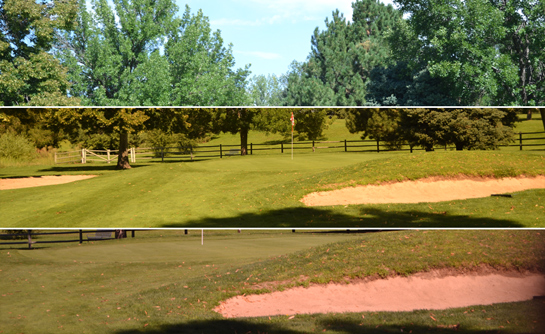I recently came across an excellent article from 2011 in an optical trade magazine focusing specifically on golfing sunglasses, including prescription golf sunglasses. It’s rare that golfing eyewear receives such well-researched, critical, and non-marketing based writing, and I was particularly interested in the discussion of lens filters like tints, polarizations and mirrors, as they specifically relate to golf. (The article can be found here,
at 20/20 magazine.)
If you want to give some critical thought to eyewear, both for the golf course and beyond, I’d highly recommend checking out the article. There were a few points with which I thought were a bit under-explored or limited:
- The author makes golfers seem like grossly irresponsible spenders with money to blow on the latest trick piece of gear or advice. Something about this seems inaccurate or unfair, no? I feel like golfers are more like responsible spenders trying to navigate a maze of marketing and promises.
- The author is definitively not in favor of polarized lenses, citing the reduction of glare as an impediment to performance. Glare, he believes, helps us play better because it provides the visual input our brains need to process ground contour and wind direction. Part of me understands this reasoning, but part of me also wonders if the guy has ever played golf in polarized lenses. You still see glare, and you can still notice wind direction. The greatest advantage of the polarized lens is precisely that you can open your eyes bigger and see more clearly because you don’t have to squint and battle against the glare bouncing off the world. Polarized lenses are great and they do an excellent job of reducing glare, but they’re not magical and they don’t eliminate glare entirely. They reduce it, still allowing you to see and notice reflection and ground contour and sheen off blades of grass billowing in the breeze, but not be blinded by their sheen.
- The author also mentions that the prescription formulas and adjustments needed to accommodate a prescription lens to a curved-format, wrap-around sunglass frame are highly specialized and not something that should be left to your standard optical shop. He explains that many companies like Oakley, Rudy Project, Kaenon or such will either have in-house labs or outsource their Rx work to a remote partner laboratory who can use the latest technology to create optimized lenses for contemporary sport sunglasses. This is absolutely true, and it’s a perfect example of what separates good, machine-made prescription work from the custom, handcrafted prescription lens work we do here at Golf Rx.
There is always a lot of marketing talk about new prescription technology. It’s always the latest and greatest, obviously. Usually there are accompanying, stylish ads with cool graphics showing rays of light or lines of vision as they pass through a lens. Or it’s the old split-screen between “their” lenses and “our” lenses, in which “our” lenses are always crystal clear and bright and everyone is smiling and “their” lenses look like a blurry doom. But really, all of the good companies (and those are the companies I’m talking about, the ones who make a good, respectable product) are using very similar lens materials – most of us get them from the same sources. And all of these companies have some very nice, state-of-the-art machinery to make lenses. They press a button and out pops a lens. Tada! That’s how a pair of five hundred dollar glasses get made, by the press of a button in a manufacturing lab somewhere.It’s a far cry from the intimacy and personality of a Golf Rx lens, but company character aside, the difference is in knowing what to program into those machines. It’s in understanding the real world application of what those machines pop out and being able to consider a dozen different factors that go into of a piece of prescription eyewear and knowing how to put it all together to create a pair of glasses that will work for each individual wearer, all of whom has a unique prescription with unique needs. The difference is in attention to detail and it’s in a strong, necessary desire for perfection, because in something like optics anything less than perfect is, simply, less than clear.
Apologies for the slight tangent, but for us it’s important to make the distinction that we’re more than a place that takes online lens orders and presses a button on a machine. In conclusion, the article was well-researched and thoughtful.













